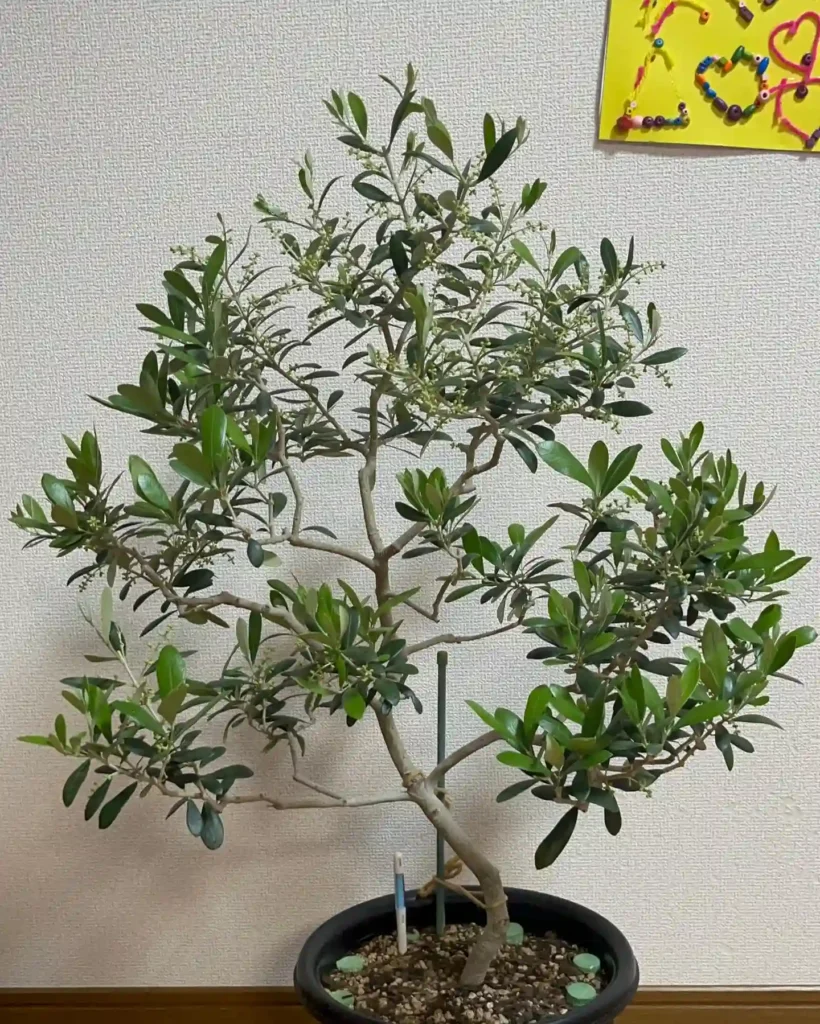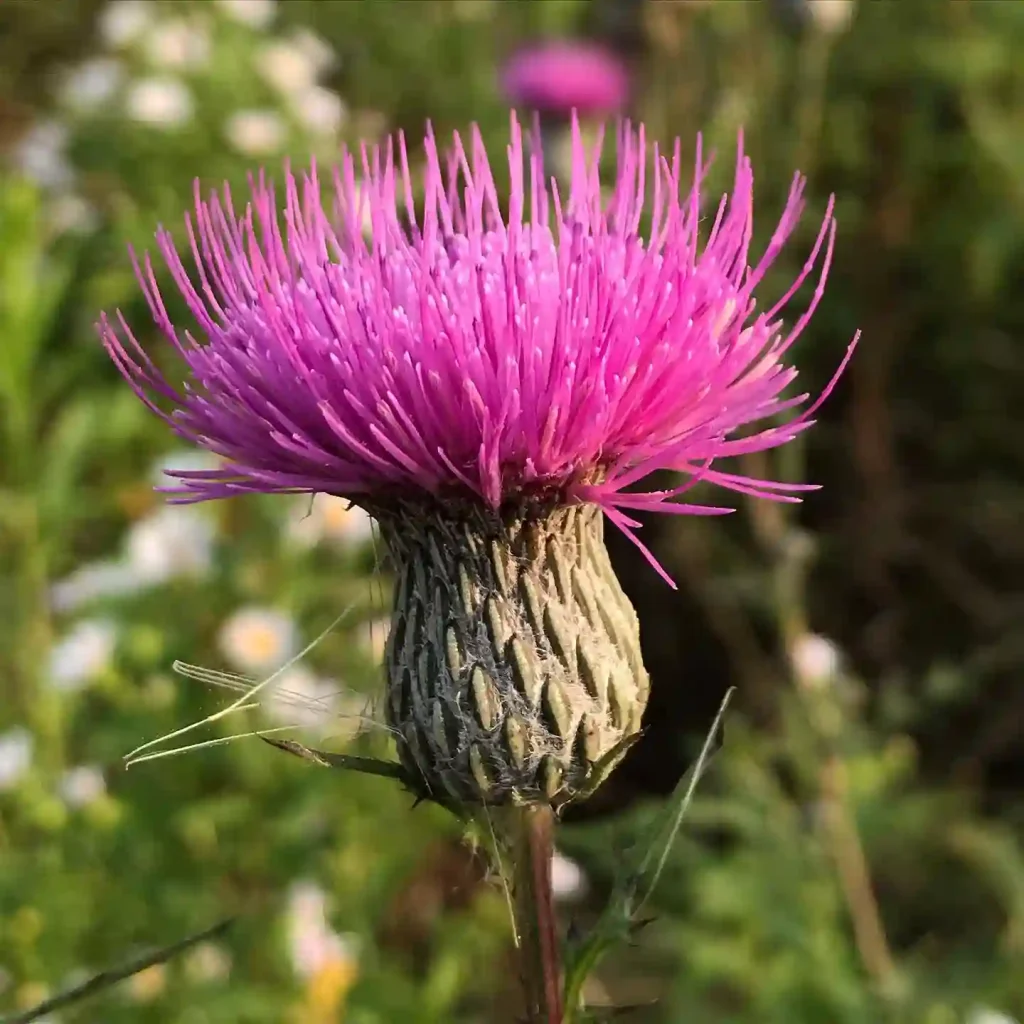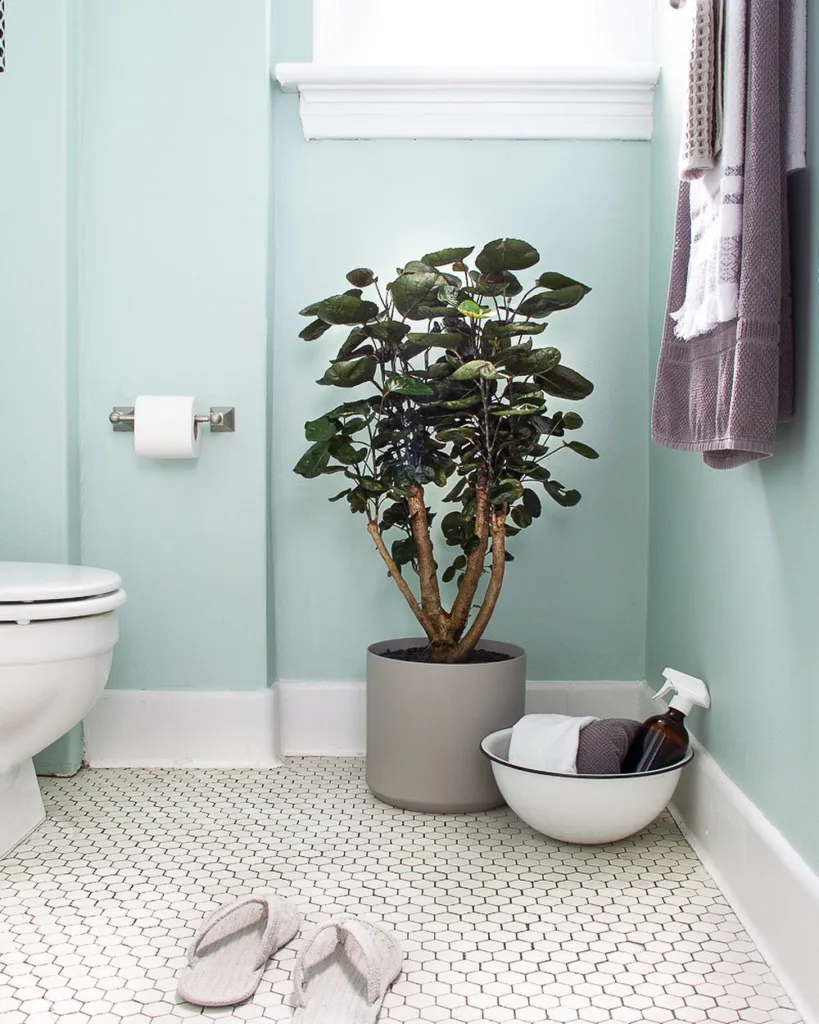Psychopsis: The Butterfly Orchids that Captured My Heart
My name is Ferb Vu, and I’ve always been drawn to the unique and beautiful. So, when I first encountered the Psychopsis, belong to the Orchidaceae family, I was captivated. These aren’t your typical orchids with rounded petals and a delicate structure. No, these orchids resemble something else entirely – butterflies.
With their elongated petals and sepals, they look like they’re about to take flight from their perch on the potting medium. It’s this unique morphology that sets them apart and has earned them the common name “Butterfly Orchids.”
A Closer Look at the Genus
Psychopsis is a genus of epiphytic orchids, meaning they grow on other plants for support, typically trees, in their natural habitat. They are native to the tropical regions of Central and South America, thriving in the humid and warm environments found in rainforests.
These orchids are relatively small, usually no more than a foot tall, but what they lack in size they more than make up for in the beauty of their blooms. Each pseudobulb, the thickened stem that stores water and nutrients, typically produces two long, leathery leaves and a flower spike that can bear several flowers in succession. The flowers themselves are long-lasting, often staying in bloom for several weeks, and their vibrant colors range from bright yellow to deep orange, often adorned with intricate markings.
The Butterfly Orchid Family
While the genus Psychopsis is small, it contains a few distinct species that all share this butterfly-like appearance. Here are the currently recognized species:
- Psychopsis papilio: This is the most common species and often the first one that comes to mind when people think of Butterfly Orchids. It has large, yellow flowers with intricate brown markings and elongated, antenna-like petals.
- Psychopsis krameriana: Similar to P. papilio, but with a more compact growth habit and slightly smaller flowers.
- Psychopsis sanderae: This species boasts larger flowers than P. papilio, with a more prominent lip and a deeper yellow color.
- Psychopsis versteegiana: This species is less common in cultivation and has flowers that are more orange in color with distinct red-brown markings.
My Fascination with Psychopsis
What truly fascinates me about these orchids is their resilience. Despite their delicate appearance, they are surprisingly hardy and adaptable. I’ve found them to be relatively easy to grow in my home environment, even with my sometimes-forgetful watering habits. They tolerate a wide range of temperatures and humidity levels, making them a good choice for both beginner and experienced orchid growers.
But beyond their ease of care, it’s their unique beauty that keeps me coming back. Every time a new flower spike emerges, I eagerly anticipate the unfolding of those butterfly-like blooms. They bring a touch of the exotic and the wild into my home, a reminder of the incredible diversity and beauty found in the natural world.
Caring for My Butterfly Orchids
Over time, I’ve learned a few things about keeping these orchids happy and thriving. They prefer bright, indirect light and good air circulation. I typically grow mine in a bark-based potting mix that allows for good drainage, as they don’t like to sit in soggy roots.
Watering is a balancing act – I allow the potting mix to dry out slightly between waterings, but I never let it become completely dry. During the active growing season, I also fertilize them regularly with a diluted orchid fertilizer to provide the nutrients they need to produce those stunning blooms.
A Rewarding Experience
Growing Psychopsis orchids has been a rewarding experience. It’s a joy to watch them grow and bloom, and their unique beauty never fails to amaze me. They are a testament to the incredible diversity of the orchid family and a reminder of the wonders that can be found in nature.
If you’re looking for an orchid that is both beautiful and relatively easy to care for, I highly recommend giving Psychopsis a try. You might just find yourself as captivated by these butterfly orchids as I am.
If i die, water my plants!



